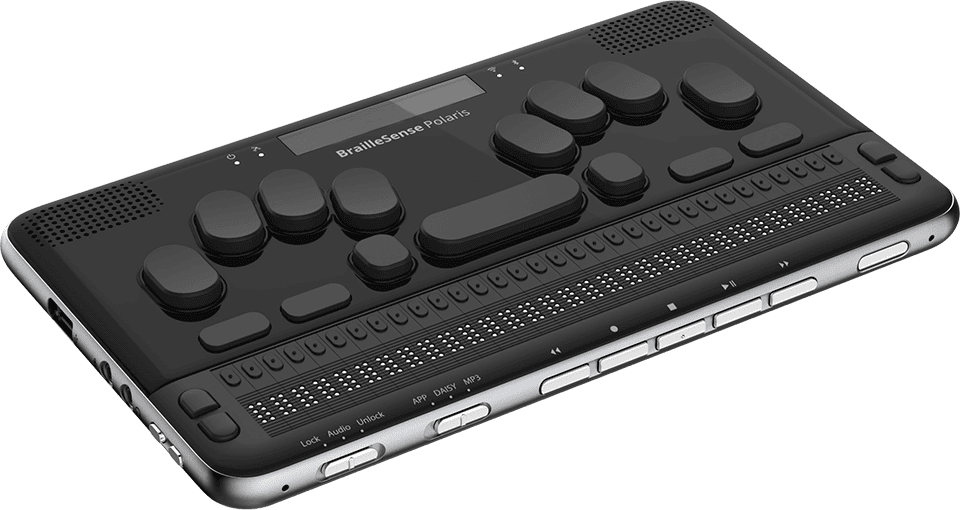13 March 2023
Blog | What Is an E-text document? | A2i
By Amelia Ling
E-text has become an incredibly popular format for companies to have transcribed. But what is e-text?
E-text simply means any text that can be read digitally such as a book, pdf and even a text message. Your company might require documents to be transcribed into e-text so they can be read digitally by your customers or prospective customers.
E-text is an accessible format for individuals with a print disability, however e-text documents can be viewed and read by everyone else too. A print disability refers to the difficulty someone has reading information because it is printed. If someone is print disabled, this might be because of a visual impairment, a learning disability, or a condition such as dyslexia that impacts their ability to read print.
E-text documents can be read using accessible software such as screen readers, refreshable braille displays, and screen magnifiers. Someone with a print disability might not be able to read small text or any text at all. Their understanding of a document might rely on it being read out loud or converted into a different format such as Braille.
Accessible software such as screen readers allow visual information such as pictures, graphs and diagrams to be understood using alternative text (Alt text). Alt text describes what someone with a visual impairment cannot see. If you would like us to transcribe any information that isn’t text, we would write out a description of the image so it can be read out loud by screen readers.
There are certain rules we must follow to ensure the documents we produce in e-text can be read by someone with a print disability. For example, all text must be left aligned, and font sized minimum 18. It is easier for someone with a visual impairment to read left aligned text because each line starts at the same edge, unlike centrally aligned text which is harder to find and follow.
Additionally, we arrange all text into heading levels followed by short sections of text. Heading levels separate text into titles, headings, sub-headings and standard text. They allow the reader to easily navigate the document and follow a clear reading order, especially if someone uses text to speech software.
There are many rules we follow to create e-text, and if you want to know even more about this accessible format, please just ask.
Contact Us
We also offer a format called large print which many people confuse with e-text. At a glance it can be hard to tell the differences between e-text and large print, so if you aren’t sure which one is best for you, or if you’d like a quote, contact A2i’s friendly.
Email: info@a2i.co.uk
Web: www.a2i.co.uk
Telephone: 01179 44 00 44
Or use our quick quote form

